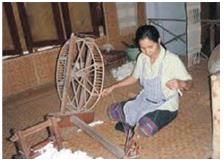Model Test Paper - 1 - Class 6 MCQ
30 Questions MCQ Test - Model Test Paper - 1
A young plant is seen to grow from the underground stem as shown below.

Q. The young plant gets its food from_____________ .

Because of the crimp,_________________ fabrics have greater bulk than other textiles and retain air, which causes the product to retain heat.
Study the picture below and answer the questions that follow.
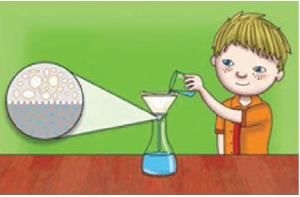
Q. Which statement describe the picture correctly?
The classification chart below shows the properties of four different materials. Which materials is most suitable for making raincoat?
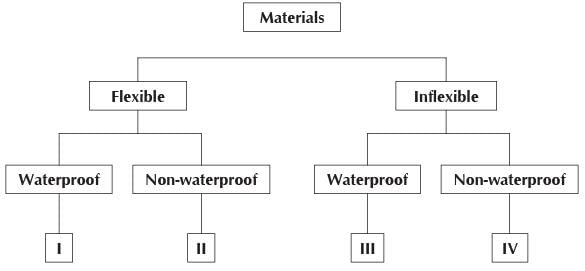
The chart below shows how some objects are grouped into two groups, X and Y.
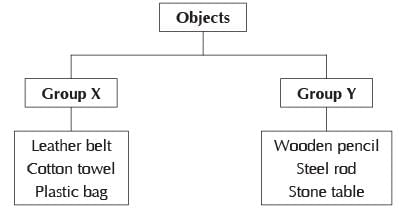
Q. Which of the following headings best describe the two groups?

The reactions which are accompanied by production of heat are called .
Phyllotaxy is the best arrangement of leaves on the stem. Identify the three types of phyllotaxy shown in the figure given below:
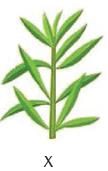


Read the features of a plant as given below.
1. Roots are much shorter in size.
2. Stems are generally long and narrow.
3. Stems possess air spaces.
4. They have waxy upper surface.
Q. To which of these habitats does this plant belong?
One centimeter on a scale is divided into 20 equal divisions. The least count of this scales is:
The motion of the arm of a soldier marching along the road is:
Which of the following statements should be followed while using a symbol for a unit of a physical quantity?
A solid, transparent sphere has a small, opaque center. When observed from outside, the apparent position of the dot will be:
At 8 a.m., the shadow of Ananya’s flat was as shown below.
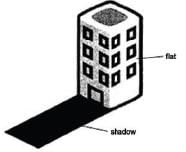
Q. Which one of the following diagrams shows the shadow of her flat at 6.30 p.m.?
A piece of clear glass and an object were placed between a lighted torch and a screen as shown in the diagram below.
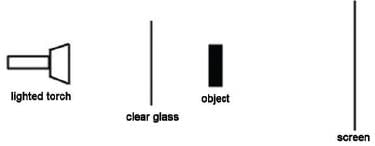
A shadow was formed on the screen.
Q. How could the shadow on the screen be enlarged?
Which of the following parts of the bulb are made of conductors of electricity?
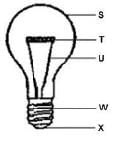
Study the circuit below.
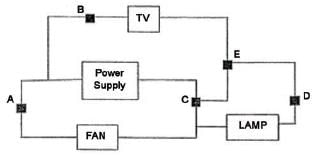
The switches at points A, B, C, D and E were closed and all 3 electrical appliances were working.
Q. Opening the switch at point would allow both the TV and the lamp to work.
On which property of magnet does the design of the mariner’s compass is based?
The diagram below shows a compass

Q. Two compasses are placed near a bar magnet. Which one of the following diagrams shows the correct positions of the needles?
Select the option the letters of which, on reshuffling, will give the term given to describe water seepage into the ground.
Which of the following actions will help in reducing pollution?
1. Restricting smoking in public areas
2. Treatment of sewage to remove human waste
3. Using unleaded petrol in cars
4. Spraying pesticides on plants to kill pests



